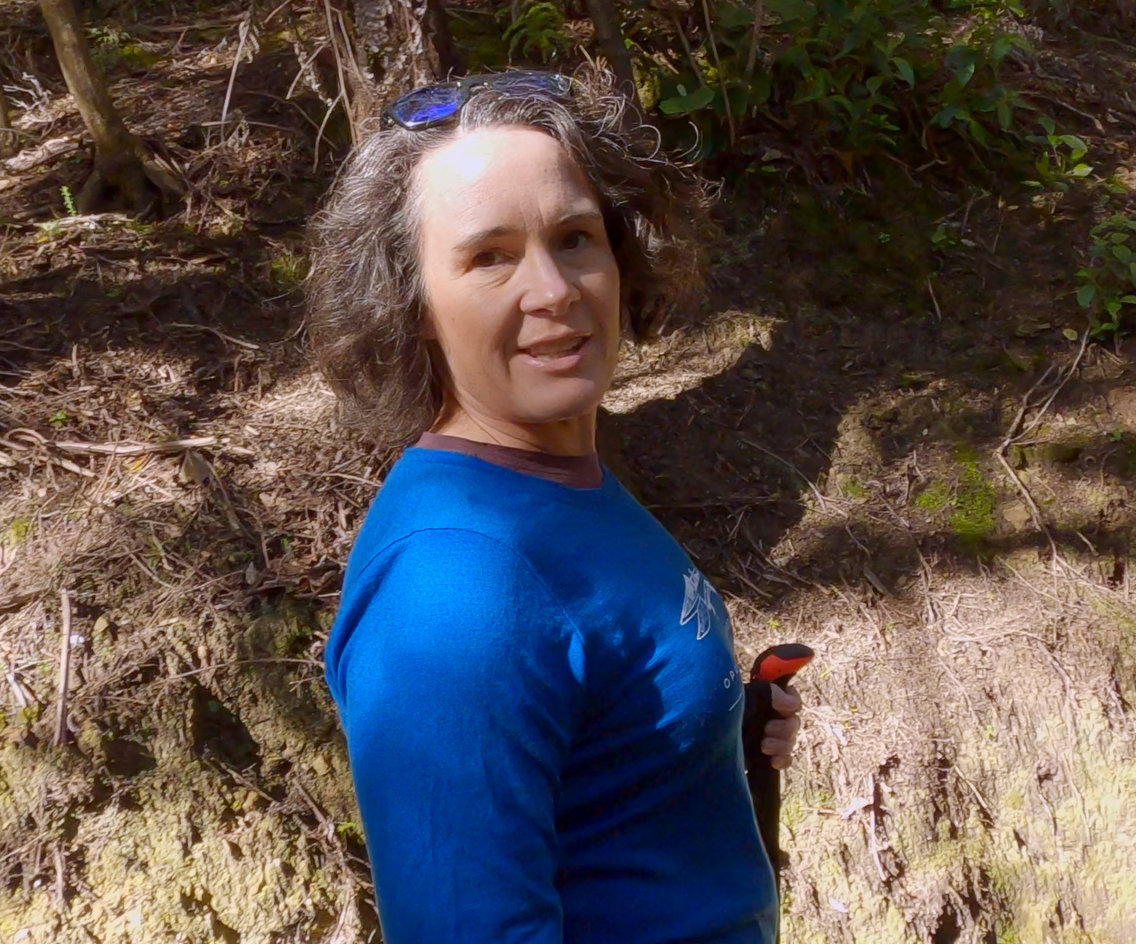This is What Arthritis Looks Like
Stephanie has axial and peripheral spondylitis. These types of Arthritis affect the spine and pelvic joints and the arm and leg joints.
“I had significant inflammation and swelling in several joints that meant I couldn’t walk. I continued to see the doctors at the hospital because the disease affected me to the point I couldn’t cook for my children, do household tasks, walk, exercise, and work was getting harder and harder.”
Stephanie’s arthritis diagnosis began eight years ago, following a slow recovery from a head injury. Diagnosis can be a slow journey because the inflammatory arthritis diseases have a lot in common.
“While my diagnosis story is fraught, each doctor gave me the best care they could, given what they knew at the time, and I was treated early. The diagnosis was important to me, so I could research ways to get some control back in my life and manage my condition.”

Steph
Axial & Peripheral Spondylitis
“I had significant inflammation and swelling in several joints that meant I couldn’t walk. The disease affected me to the point I couldn’t cook for my children, do household tasks, exercise, and work was getting harder and harder.”
Following an incredibly painful bang to the hand, and fatigue from a head injury that refused to subside, Stephanie went to see a rheumatologist. A blood test and x-ray supported the diagnosis of rheumatoid arthritis, and she started on the medication. Later, because rheumatoid arthritis wasn’t progressing as it usually does, the diagnosis changed to palindromic arthritis. Stephanie changed specialists, following a second opinion requested by her GP. The new specialist kept the diagnosis, and as it began to affect her more, the diagnosis changed back to rheumatoid arthritis.
“I was then urgently reviewed by the doctors at the hospital because I became resistant to Humira and had significant inflammation and swelling in several joints that meant I couldn’t walk.”
Stephanie returned to the doctors in the hospital as she was unable to cook for her children, do household tasks, walk, exercise, and work was getting harder.
“I wanted more coordinated care that enabled me to access to pain clinics, and a physiotherapist and occupational therapist that had experience working with complex health conditions. The tendons in my hands, feet, legs, and shoulders hurt, my neck was always stiff, and I had lower back pain. I also had a bout of uveitis.
Unbeknown to me, my previous GP had done a blood test for HLA b27 that came back positive. When my new GP gave a history to the new specialist at the hospital, it included information about the blood test results and the uveitis. The new specialist diagnosed axial and peripheral spondylitis. I am now at the end of the New Zealand drug road and use infliximab. This works well for me, but the disease is not controlled, and I continue to slowly deteriorate.”
The disease has had a significant impact on Stephanie’s life as it is an ongoing disability. “I have had to give up so much, and I wanted it all to stop. It took me a long time to come to terms with this disease.”
Self management
After accepting the condition, Stephanie says her life is enriched because she has met new people who have shared their own precious stories and journeys.
“A disease like this that takes over and sets physical and mental limits and barriers changes you and what you think of yourself. The first steps to acceptance were to re-visit my values. For example, rather than defining myself as a “cyclist”, I thought about what cycling gave me. It gave me adventure, so this became my value. Cycling also gave me connections, so this becomes my value. Cycling also gave me exercise, so this became my value. By thinking about my values differently, I was able to embrace rehab exercises, stretching, and body movement every day.”
Stephanie took up sit-skiing because she and her family have always been avid skiers. “Sit-skiing lets me keep my sense of adventure and to keep skiing with my family. I also have an e-bike to give me the option to have a daily bike ride.”
Stephanie also manages her Arthritis with rest, a FODMAP diet, and seeking adventure for her mental health and wellbeing.
“I am learning to enjoy and notice the small things in life with greater mindfulness. But most importantly, I want to give back. I want to reach out and help others with their journey and perhaps inspire them to participate, exercise, and reach for their passions or values.”
For Steph, this is what arthritis looks like.
